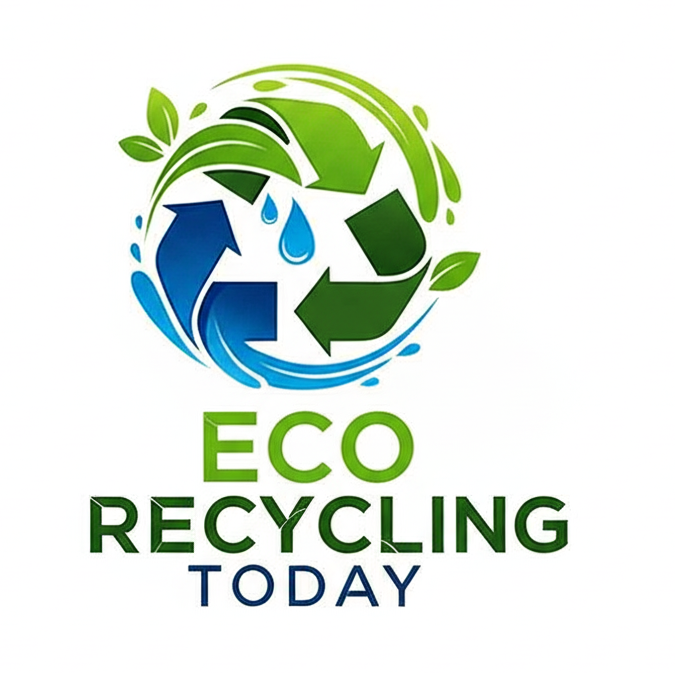As global supply chains expand, sustainability regulations are becoming more interconnected than ever. Businesses operating internationally must now comply with a growing number of recycling and waste management standards — from the EU’s Waste Framework Directive to ISO environmental certifications. Aligning with these global recycling standards not only ensures compliance but also strengthens brand reputation, reduces costs, and supports long-term circular economy goals.
1. Understanding Global Recycling Standards
Recycling standards set clear guidelines for how materials should be collected, processed, and reused. These standards are developed by governments, international organizations, and industry groups to harmonize waste management practices.
Major frameworks include:
- ISO 14001 – Environmental Management Systems certification, applicable worldwide.
- EU Waste Framework Directive (WFD) – Establishes recycling targets and extended producer responsibility (EPR).
- Basel Convention – Controls transboundary movement of hazardous and recyclable wastes.
- UN Sustainable Development Goals (SDG 12 & 13) – Promote responsible consumption and climate action.
- OECD Recycling Policy Principles – Provide guidance on resource efficiency and waste prevention.
By following these frameworks, companies can ensure that their recycling systems meet internationally recognized sustainability standards.
2. Regional Compliance Examples
Each region interprets global recycling standards differently:
- European Union: EPR schemes, recycled content mandates, and packaging waste directives.
- United States: State-level recycling laws (California, Oregon) and voluntary EPA guidelines.
- Asia-Pacific: China’s Circular Economy Promotion Law and Japan’s advanced home sorting system.
- Africa & Latin America: Emerging EPR frameworks and community-based recycling networks.
Understanding these differences helps multinational companies adapt their waste strategies to local regulations while maintaining global consistency.
3. Steps for Businesses to Align with Global Standards
Step 1: Conduct a Waste Audit
Evaluate the types, volumes, and disposal methods of materials your company generates. This baseline helps identify where compliance or efficiency improvements are needed.
Step 2: Implement ISO 14001 or Equivalent Certification
Obtaining an ISO certification demonstrates that your organization manages resources responsibly and continuously improves its environmental performance.
Step 3: Partner with Certified Recyclers
Collaborate with recycling facilities and logistics partners that follow internationally recognized standards such as R2 (Responsible Recycling) or e-Stewards for electronics.
Step 4: Design for Circularity
Use recyclable, mono-material packaging, avoid composite plastics, and apply eco-design principles to reduce waste generation at the source.
Step 5: Monitor, Report, and Communicate Progress
Track recycling performance using digital tools and share results through sustainability reports or ESG disclosures. Transparency builds trust and meets investor expectations.
4. Benefits of Aligning with Global Recycling Standards
- Regulatory Compliance: Avoid penalties and trade restrictions.
- Operational Efficiency: Reduce material waste and energy consumption.
- Market Advantage: Meet buyer and consumer demands for eco-friendly products.
- Brand Reputation: Demonstrate environmental responsibility and leadership.
- Access to Green Funding: Qualify for ESG-related financing and government incentives.
5. Common Challenges and Solutions
| Challenge | Solution |
|---|---|
| Inconsistent global regulations | Adopt ISO or UN frameworks for baseline compliance |
| Complex waste streams | Introduce AI-powered waste sorting and labeling systems |
| High recycling costs | Partner with local recyclers to reduce logistics expenses |
| Data gaps in waste reporting | Use blockchain or cloud-based traceability tools |
6. Future Trends: The Next Generation of Recycling Compliance
Emerging technologies and policies will redefine recycling compliance globally:
- Digital Product Passports (EU): Enable traceability of materials across the product lifecycle.
- AI and IoT in Recycling: Improve sorting accuracy and reduce contamination.
- Global Plastic Treaty (UN, 2025): Will harmonize plastic waste management worldwide.
- Carbon Accounting Integration: Recycling data will soon link directly to corporate carbon footprints.
Forward-thinking companies that adopt these practices early will gain a competitive edge in global sustainability markets.
Aligning with global recycling standards isn’t just about meeting legal requirements — it’s a strategic investment in your company’s future. Businesses that integrate EPR, ISO frameworks, and eco-design into their operations can achieve cost savings, build stronger brands, and contribute meaningfully to the global circular economy. The key is to stay proactive, transparent, and committed to continuous improvement.
FAQ
1. What are global recycling standards?
They are internationally recognized guidelines that define how materials should be collected, processed, and reused to minimize waste and environmental harm.
2. Why should companies follow them?
Compliance ensures legal adherence, improves efficiency, enhances brand image, and attracts sustainability-focused customers and investors.
3. What’s the difference between ISO 14001 and EPR?
ISO 14001 is a voluntary environmental management certification, while EPR is a mandatory regulation requiring producers to manage post-consumer waste.
4. How can small businesses comply with global recycling standards?
They can partner with local certified recyclers, use sustainable packaging, and adopt simplified ISO frameworks or national green labels.
5. What are the key recycling laws in the EU and U.S.?
The EU’s Waste Framework Directive and Packaging Waste Regulation; in the U.S., laws vary by state, with California leading in EPR adoption.
6. What’s the future of recycling compliance?
Global standards are moving toward digital traceability, AI-enhanced recycling, and integration with corporate carbon reporting systems.
